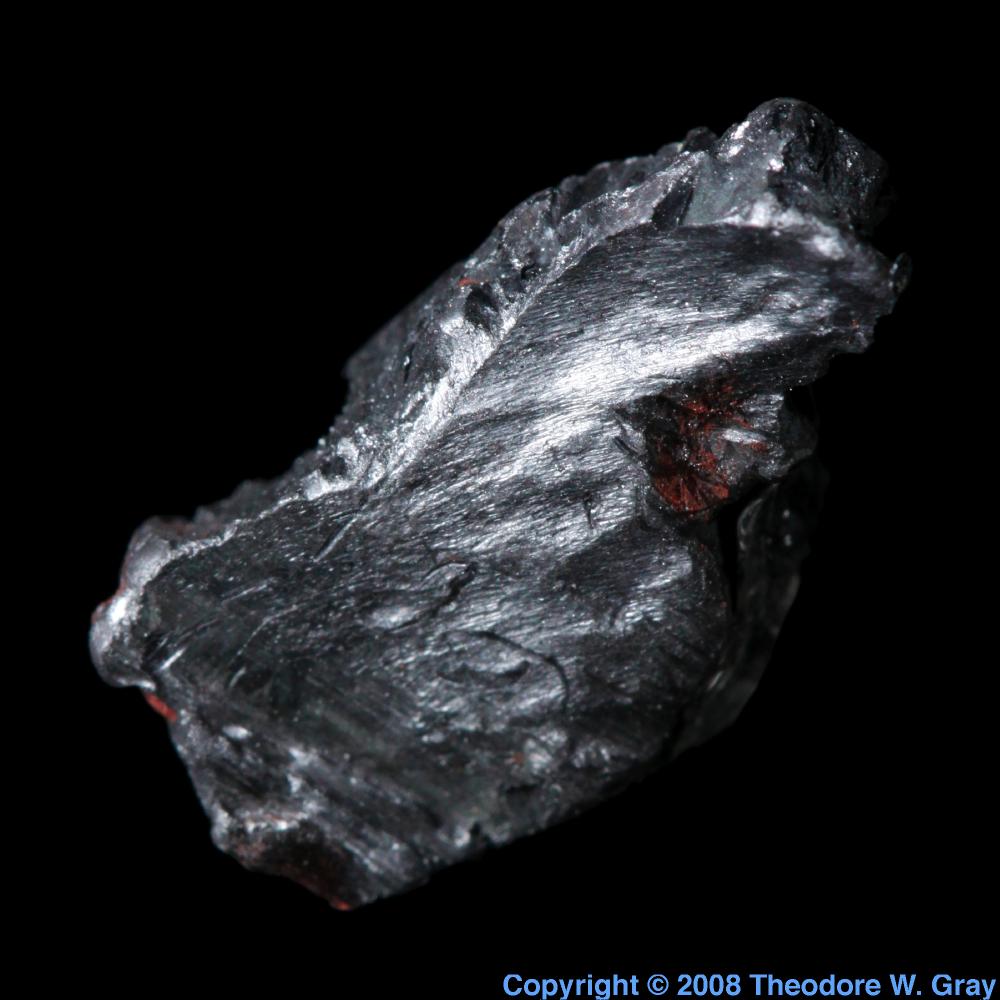Jul 14, 2015
The World’s First 3D Printed Building To Be Built In Dubai — Ana Alves WTVOX
Posted by Seb in categories: 3D printing, architecture, engineering, materials

Fast-growing Dubai, where something new is always being added to the skyline, may have found a way to make construction move even faster.
In a bid to become a global hub of innovation, Dubai announced plans to build an office that will be “the most advanced 3-D printed structure ever built at this scale” and the first to be put into actual use.



 Quoted: “Bitcoin technology offers a fundamentally different approach to vote collection with its decentralized and automated secure protocol. It solves the problems of both paper ballot and electronic voting machines, enabling a cost effective, efficient, open system that is easily audited by both individual voters and the entire community. Bitcoin technology can enable a system where every voter can verify that their vote was counted, see votes for different candidates/issues cast in real time, and be sure that there is no fraud or manipulation by election workers.”
Quoted: “Bitcoin technology offers a fundamentally different approach to vote collection with its decentralized and automated secure protocol. It solves the problems of both paper ballot and electronic voting machines, enabling a cost effective, efficient, open system that is easily audited by both individual voters and the entire community. Bitcoin technology can enable a system where every voter can verify that their vote was counted, see votes for different candidates/issues cast in real time, and be sure that there is no fraud or manipulation by election workers.”






